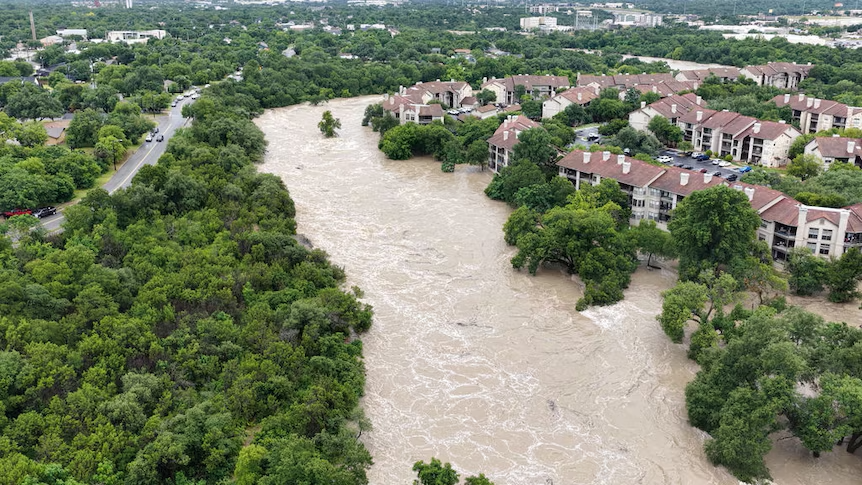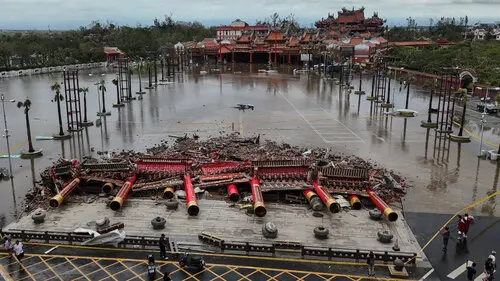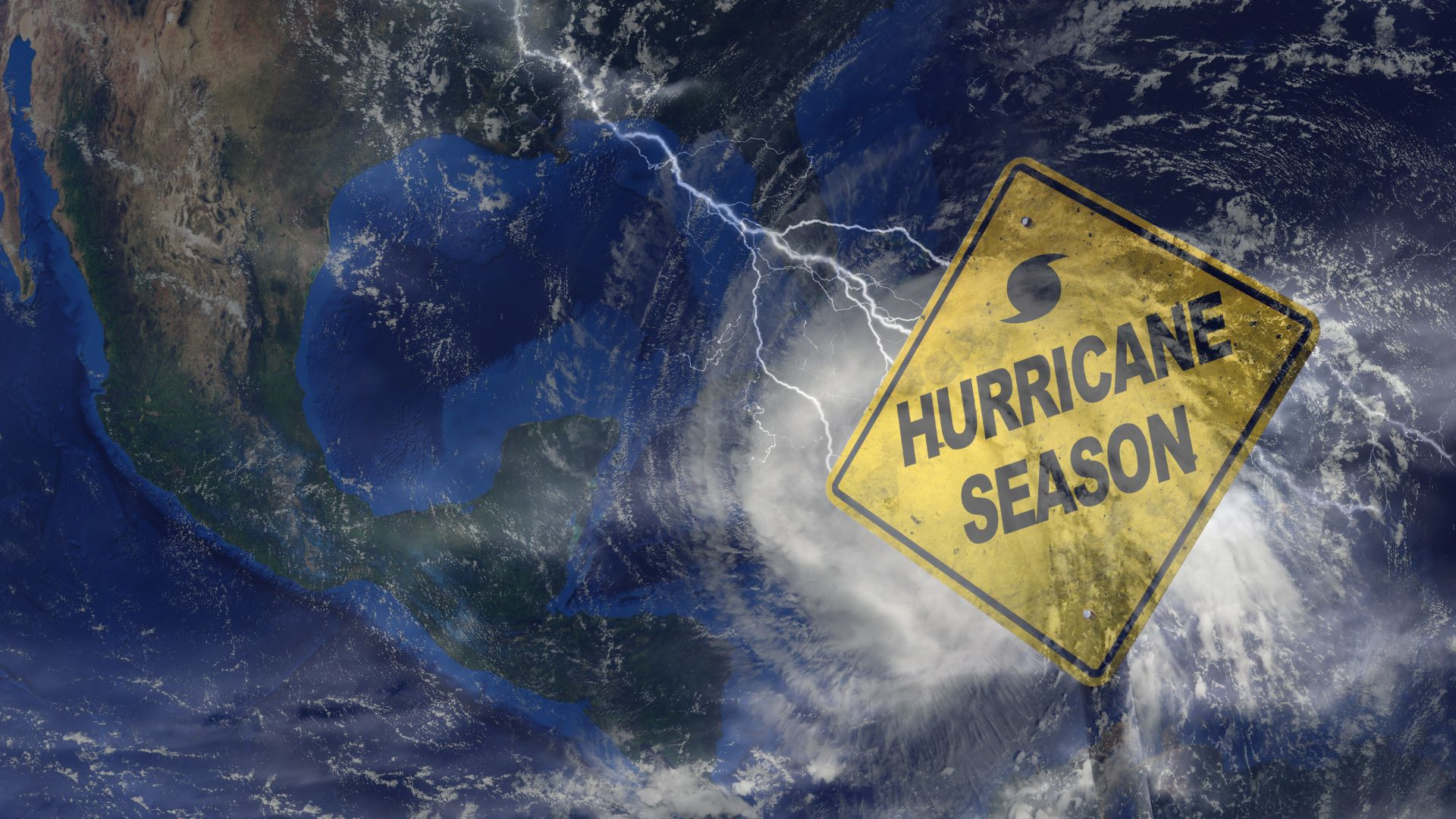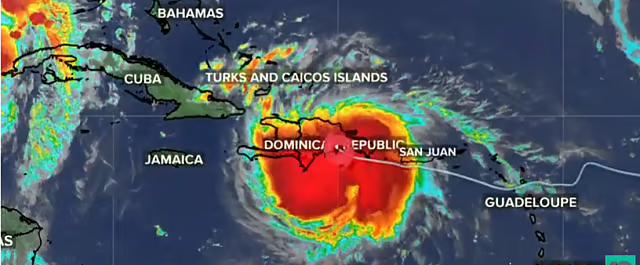
Texas Flood Debate Reignites After Unrelenting Storms Cause Widespread Damage
After a series of relentless rainstorms swept across Texas in late June and early July 2025, leaving neighborhoods submerged and emergency services overwhelmed, the long standing debate over flood preparedness, infrastructure, and climate resilience has once again come to the forefront of state politics. Several communities across Houston, Austin, and parts of East Texas experienced catastrophic flash flooding that forced thousands to evacuate and caused hundreds of millions in damage. While state and local agencies rush to restore basic services, lawmakers and environmental groups are clashing over how to prevent future disasters and who should pay for the solutions.
A Climate Crisis in Real Time
In just 12 days, Texas saw over 20 inches of rainfall in some areas double the monthly average for July. Meteorologists confirmed that this was the result of a stalling tropical air mass, intensified by warming Gulf waters, which dumped sustained rain over already saturated regions. Urban areas like Houston, infamous for their sprawling concrete surfaces and limited drainage capacity, were hit hardest. With rivers overflowing and underpasses turning into lakes, emergency services had to conduct hundreds of water rescues. For many residents, especially in low income neighborhoods, this wasn’t just another flood it was the latest chapter in an unfolding climate disaster.
Political Divides Emerge Over Flood Funding
In the wake of the destruction, Governor María Cortez declared a statewide emergency and called for a special legislative session to allocate $1.2 billion in flood recovery and resilience projects. However, political tensions have emerged around how the funds should be distributed. Rural lawmakers argue that smaller towns are frequently overlooked in favor of metropolitan centers. Meanwhile, urban leaders are demanding urgent upgrades to stormwater infrastructure, green space expansion, and early warning systems. Adding fuel to the fire, climate policy remains deeply polarized in the Texas legislature. While Democratic representatives push for climate adaptation funds and carbon reduction measures, many Republican lawmakers continue to resist mandates that tie infrastructure spending to climate modeling or emissions tracking.
Criticism of Outdated Infrastructure and Delayed Action
Civil engineers and environmental watchdogs are also raising alarms about Texas’ decades old flood control systems, many of which were designed in the mid 20th century and are unable to cope with current rainfall intensities. A 2023 audit found that over 40% of the state’s levees and retention basins are classified as “high risk”, yet little funding has been approved for upgrades. Critics argue that the state has repeatedly failed to act on prior flood reports, including the high profile "After Harvey Blueprint" published in 2018, which called for systemic drainage overhauls and stricter zoning regulations. “We knew this would happen again,” said Dr. Lena Holtz, a hydrologist at the University of Texas. “But knowing isn’t enough when funding and political will aren’t aligned.”
Communities Bear the Brunt
The human toll of the flooding is undeniable. In parts of East Harris County, residents were forced to abandon homes overnight, with entire subdivisions turned into swamps. Families in Baytown and Pasadena reported being stranded on rooftops for hours before help arrived. Displacement centers, including schools and churches, have been overwhelmed with evacuees, many of whom lack flood insurance and are unsure how or when they’ll rebuild. These impacts have been especially hard on undocumented communities, who often live in flood prone zones and fear seeking official help. Social services and local nonprofits are stepping in, but the demand is outpacing capacity. “This flood didn’t just destroy homes,” said community organizer Ana Morales. “It’s exposing every vulnerability we’ve been ignoring for years.”
A Growing Push for Federal and Green Solutions
In Washington, members of Texas’ congressional delegation are pushing for federal emergency funds and calling for the expansion of FEMA’s Pre Disaster Mitigation Program. However, there is also growing momentum for nature based solutions to urban flooding. Proposals now under consideration include expanding urban wetlands, investing in permeable pavements, and restoring native prairies that naturally absorb stormwater. Houston Mayor Malik Jensen has introduced the “Bayou Greenway Resilience Plan,” aiming to redesign urban floodplains into multifunctional spaces that serve as parks during dry periods and flood buffers during storms. Environmental groups are hailing these efforts but warn they must be paired with tougher regulations on development in flood prone zones an idea that continues to face opposition from the powerful real estate lobby.
A Pivotal Moment for Texas Policy
With more frequent and severe weather events projected in the coming decades, Texas faces a crucial decision continue reacting to disasters, or proactively adapt its infrastructure and policies to a changing climate. The launch of the K Flood Research Center in San Antonio, funded jointly by public and private partners, offers a glimmer of hope. There, researchers are developing next generation flood modeling tools that incorporate AI, satellite data, and community driven mapping. Still, experts say no amount of data will matter unless long term political commitment follows. The 2025 floods may become a defining moment either a wake up call that leads to sustainable resilience or just another missed opportunity in a state increasingly defined by its battles with water.
Related Post
Popular News
Subscribe To Our Newsletter
No spam, notifications only about new products, updates.














